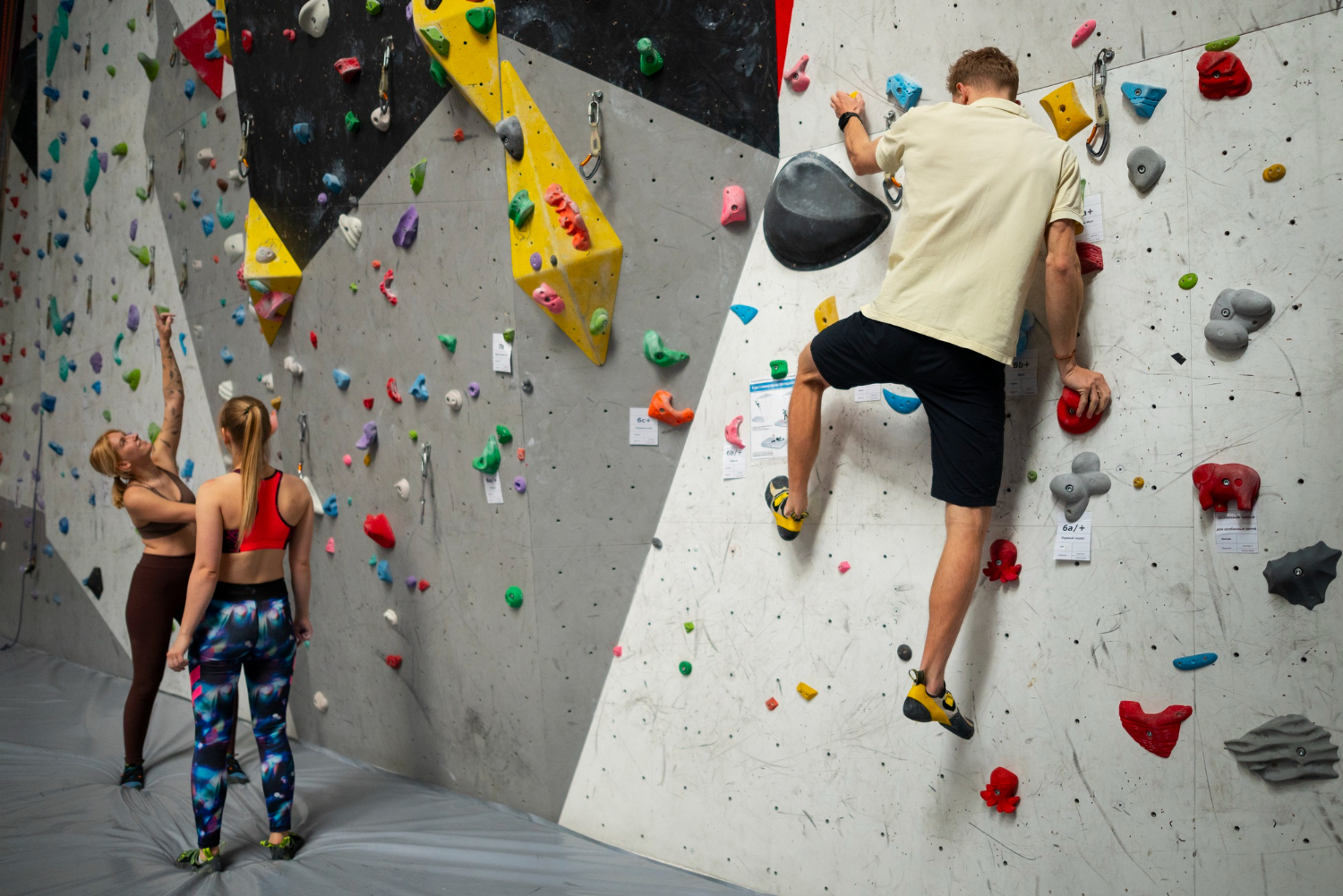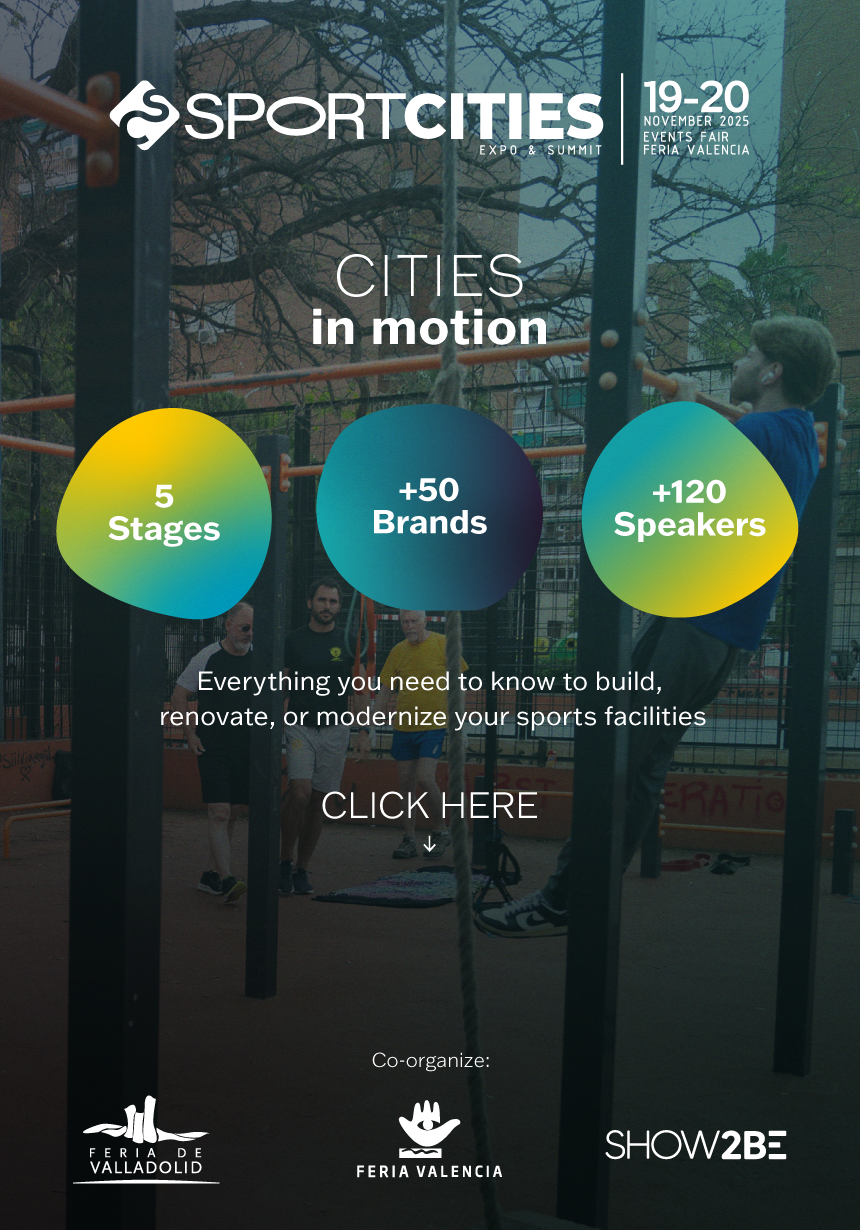Climbing walls embrace sustainability: green facilities are here to stay, and brands know it.

Madrid, June 26, 2025
Historically, climbing has been a sport practiced in natural outdoor environments. Contrary to what might seem, it has shown a high environmental impact. Land erosion, waste generation in remote areas, aggressive equipment (rock drilling from anchors), as well as the carbon footprint from transportation and climbing tourism are all highly harmful factors for the mountains.
In recent years, several academic studies have revealed that climbing gyms are the most sustainable alternative to rock climbing, as they reduce pressure on fragile natural spaces, minimize travel and waste generation, and also increase accessibility without harming wildlife.
This reality has translated into an exponential growth in climbing centers throughout our country, with the Community of Madrid, Catalonia, and the Valencian Community being the regions with the highest concentration of climbing centers, with a total of 227 indoor climbing walls in operation, according to data from the digital platform 2playbook. This, in turn, has sparked a growing interest in sport climbing, making the Spanish Federation of Mountain Sports and Climbing (Fedme) the fourth largest federation in our country in terms of number of federated athletes, with almost 250,000 licenses in 2023.
Faced with this paradigm shift, climbing centers have inevitably shifted toward greener models: certified materials such as FSC wood, natural ventilation and increased air renewal, evaporative cooling, photovoltaic solar panels, etc. However, the great revolution lies in two major changes that have been temporarily implemented in indoor climbing centers: the use of eco-responsible materials, both in facilities and equipment, and the recycling of components as a "way of life."
The future of the sector in a sustainable way
Climbing wall operating, management, and manufacturing companies have been leaving behind more traditional formulas and joining this transformation of the sector with an offering tailored to new trends and backed by an expanding market that is expected to experience an annual growth rate of 9.5% until 2030, according to the American consulting firm Horizon Grand View Research.
The forecasts are reinforced by the certainty that obsolete facilities that are not refurbished will cease to be profitable, which provides one more compelling reason for their managers to invest more in innovation and modernization to avoid shortages.
These renovations are aimed at integrating several elements: constant rotation of tracks, gamification, interactive lighting, as well as sustainability, with recycled materials and solar panels, among others.
The protagonists: manufacturing brands and operating companies
Local companies such as Equipamientos Deportivos Deu and Agorasport have contributed to the design and installation of sports equipment adapted to urban and rural environments, thus facilitating a more sustainable and decentralized tourism model.
Facilities and equipment: key to the experience
Here you can consult a list of some of the climbing wall manufacturing and operating companies that are already emerging as benchmarks in the sector in the future:
Facility and component manufacturers:
EP Climbing (Entre-Prises): global leader in climbing structures, holds, and volumes. In Spain, it has positioned itself in municipal, school, and leisure projects.
Walltopia: manufacturer of turnkey holds, volumes, and modular structures. Its added value: its main materials are thermoplastic and competition-grade plywood.
Top30 Climbing Walls: Asturian company specializing in the design and assembly of climbing walls. It also operates the Climbat brand and other auxiliary brands such as Xtrm, which is aimed at events and leisure.
Tarragó: a design and construction company and climbing facility manufacturer whose main added value is their completely customized projects.
Relief: experts in the design, manufacture, and installation of climbing walls, bouldering, adventure parks, and climbing gyms, with an R&D department focused on new ideas and materials.
Climbing wall operating companies:
Climbat: A brand of the ABEO group, with a presence in France and Spain (Barcelona, Madrid, Zaragoza, Murcia, etc.). A mixed model with bouldering, rope, leisure, and training, and strong integration with its parent company.
Sputnik Climbing: a leading group in the Community of Madrid with centers in Legazpi, Alcobendas, Las Rozas, Chamberí, and more, offering a hybrid model (fitness, health, and restaurants).
Sharma Climbing: an international chain founded by Chris Sharma, with three centers in Spain (Barcelona, Madrid, and Gavà), and in the process of expanding its premium model.
Indoorwall: a group present in Barcelona (El Clot) and Alicante, with a mixed model oriented towards family recreation.
Arkose: they operate more than 100 climbing walls throughout Europe, with two centers in Madrid.
The Climb: specialized in bouldering for all ages and levels in Alcorcón.
Monobloc, Cereza Wall, Freebloc, 9a Poblenou: independent climbing gyms with a more local presence that prioritize building community and offering quality.
Environmental regulations
The change in the climbing model has also brought with it new international environmental certifications, which climbing gyms have had to adhere to, such as LEED (Leadership in Energy and Environmental Design), BREEAM (Building Research Establishment Environmental Assessment Method), EPD (Environmental Product Declaration), or ISO 14001 (Environmental Management System).
These certifications verify the effectiveness of environmental management, as well as the sustainability and environmental and economic impact of any climbing facility (energy consumption, pollution, waste management, regulatory compliance, etc.).
But what real return does this new regulation bring to facilities? Four main advantages could be listed: overall efficiency, responsible selection of materials, greater trust in sustainable suppliers, and greater and better international recognition from legislators.





